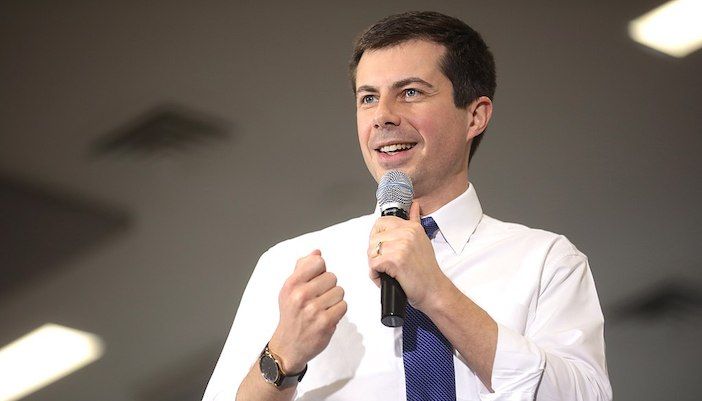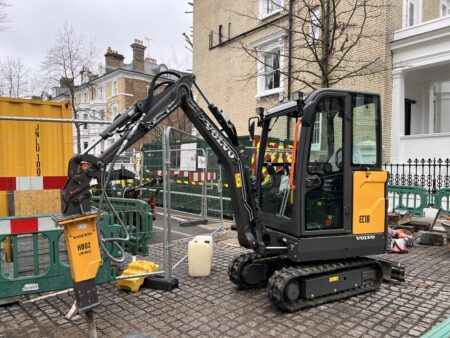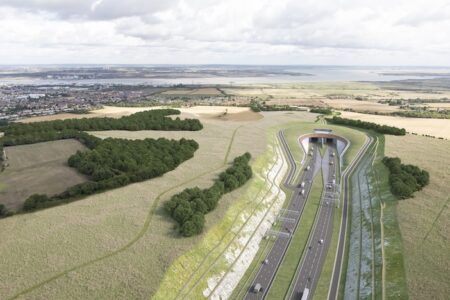The US Department of Transportation’s Federal Highway Administration (FHWA) has announced a Notice of Proposed Rulemaking (NPRM) for states and municipalities to track and reduce greenhouse gas (GHG) emissions.
President Biden’s Bipartisan Infrastructure Law (BIL) is making available more than US$27 billion in federal funding to help State Departments of Transportation (State DOTs) and Metropolitan Planning Organizations (MPOs) meet their declining GHG targets.
The new rule would establish a national framework for tracking state-by-state progress by adding a new GHG performance management measure to the existing FHWA national performance measures to help states track performance and make more informed investment decisions; and create a flexible system under which State DOTs and MPOs would set their own declining targets for on-road greenhouse gas emissions from roadway travel on the National Highway System.

“With today’s announcement, we are taking an important step forward in tackling transportation’s share of the climate challenge, and we don’t have a moment to waste,” says US Transportation Secretary Pete Buttigieg. “Our approach gives states the flexibility they need to set their own emission reduction targets, while providing them with resources from President Biden’s Bipartisan Infrastructure Law to meet those targets and protect their communities.”
This proposed rule builds on and would add greater transparency to the work that 24 states and the District of Columbia are already doing under state law GHG target-setting requirements.
Transportation is the leading source of GHGs in the US, and the Biden-Harris Administration has put forward an integrated approach to reducing emissions from the sector while ensuring the economy works for all Americans. This entails the use of BIL funding to help state and local governments meet their GHG reduction targets, in addition to efforts to help reduce transportation costs through the National Highway Traffic Safety Administration’s Corporate Average Fuel Economy standards, which are in place to make driving more affordable by increasing fuel efficiency.

BIL funding is available through various programs over five years, including:
- The Carbon Reduction Program will provide US$6.4 billion in formula funding to states and local governments to develop carbon reduction strategies and fund a wide range of projects designed to reduce carbon emissions from on-road highway sources.
- The National Electric Vehicle Infrastructure (NEVI) Formula Program will provide US$5 billion to states primarily through a statutory formula to build out a national electric vehicle charging network, an important step towards making electric vehicle charging accessible to all Americans.
- A Discretionary Grant Program for Charging and Fueling Infrastructure will provide US$2.5 billion in competitive funding to states and local governments to deploy electric vehicle charging and hydrogen, propane, and natural gas fueling infrastructure along designated alternative fuel corridors and in communities.
- The Congestion Relief Program will provide US$250 million in competitive funding to advance innovative, multimodal solutions to reduce congestion and related economic and environmental costs in the most congested metropolitan areas of the US.
- The Reduction of Truck Emissions at Port Facilities Program will provide US$400 million in competitive funding to reduce truck idling and emissions at ports, including through the advancement of port electrification.
- More than US$5 billion for the Federal Transit Administration’s Low or No Emission Vehicle Program.
- US$7.2 billion for the Transportation Alternatives Set-Aside that can help state and local governments carry out environmentally friendly pedestrian and bicycle infrastructure projects.
- FTA’s US$69 million Transit Oriented Development (TOD) Program provides funding to local communities to integrate land use and transportation planning with new fixed guideway or core capacity transit capital investment projects. BIL also expands TOD funding opportunities through the Transportation Infrastructure Finance and Innovation Act (TIFIA) and Railroad Rehabilitation & Improvement Financing (RRIF) programs.
This proposed rule would help the transportation sector evolve from the leading source of emissions to become the biggest part of the solution, standardizing practices that many states have already established economy-wide, by making data comparable across states lines and metropolitan areas, and by facilitating better planning and outcomes for local communities.
State DOTs and MPOs would be required to report biennially on their progress in meeting the declining targets they establish and require FHWA to assess significant progress toward achieving those targets.
Images: Adobe Stock.





